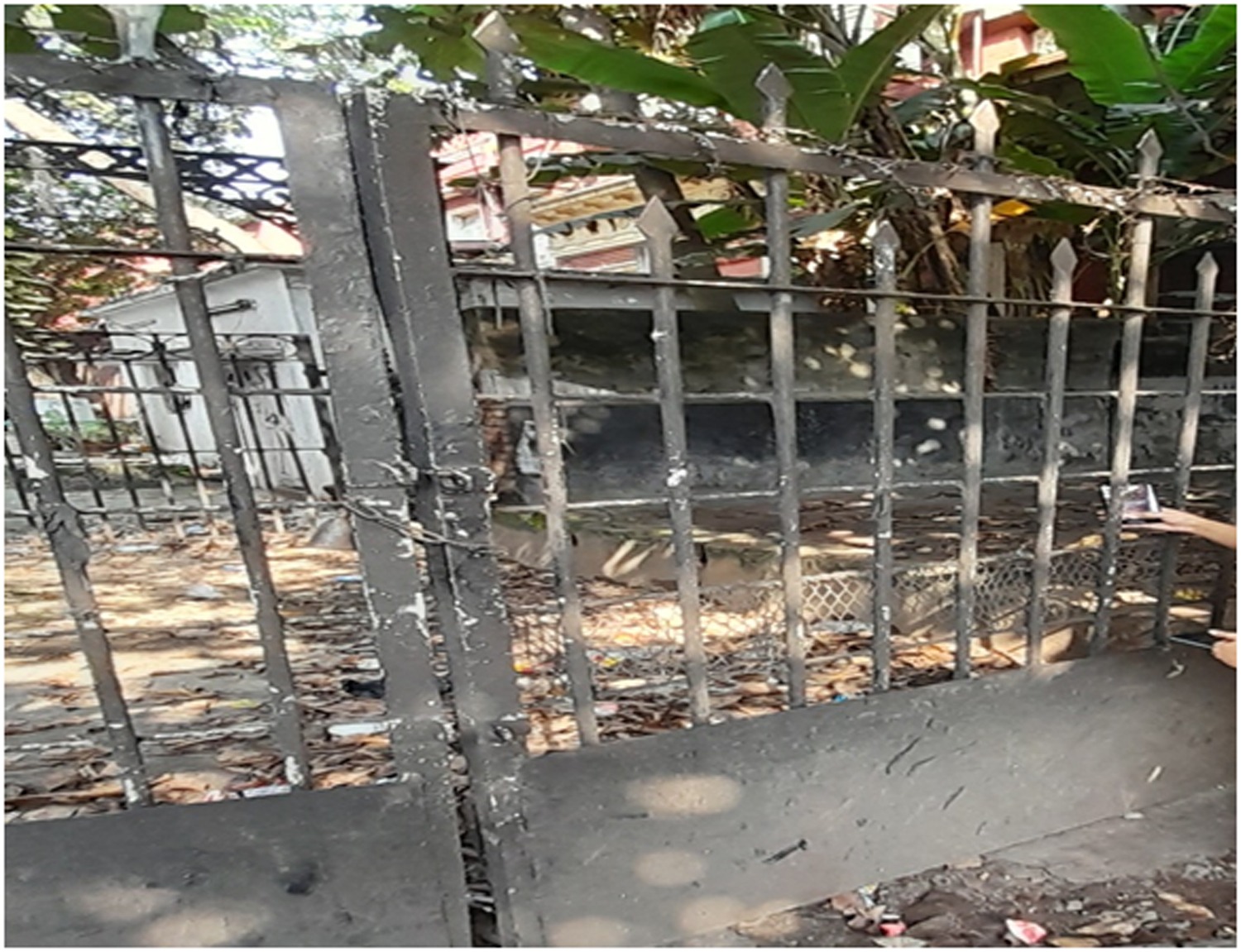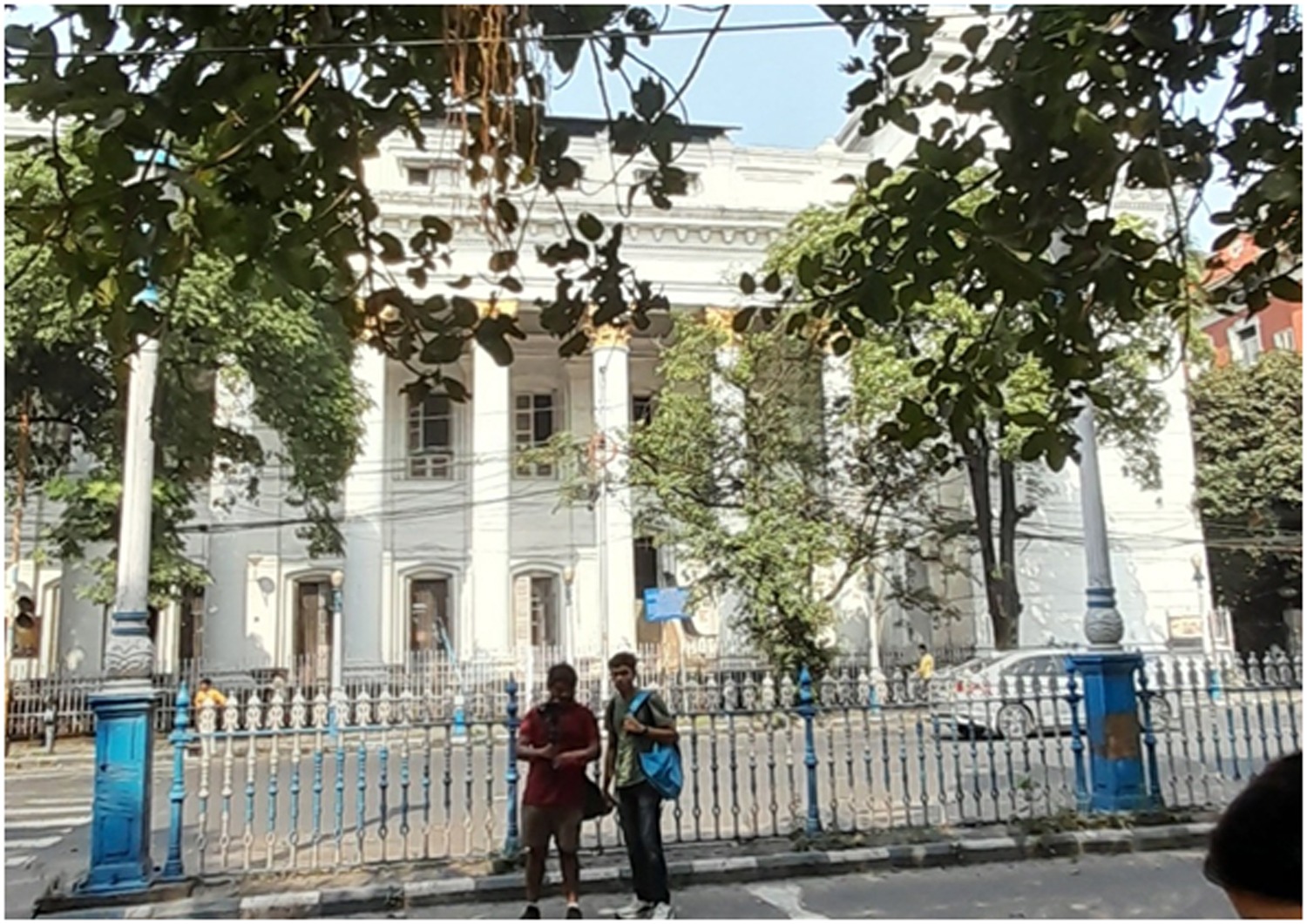14 May Kolkata’s Famous Buildings : The GPO
“The Calcutta General Post Office was established in 1774 by the British. The building is of extreme historical significance because prior to being established as a Post Office, it used to be the Old Fort William.”
The context of the GPO and how the British got here!
The 17th and 18th Century was a period when the British accelerated their process of taking control over the Indian Peninsula and effectively commenced the period of colonialism. It was also a time when Bengal used to be the richest province in India. The British East India company had first arrived at Surat and begun their trade with India, after which one of their next targets was Bengal. After gaining permission to trade with Bengal by the then Nawab (of Bengal), the East India Company begun their trade, which primarily bought silk, cotton and indigo and sold them in Europe.
The British activity in Bengal was initially restricted to trade and commerce. However, in 1696 the British had brought in troops all the way from Britain and had built a fort, which was the Old Fort William. The position of the fort however, was not strategic, and was placed in the middle of what then used to be an open field.
A battle with Siraj-ud-daulah and the black hole incident
The then Nawab, Siraj-Ud-Daulah, opposed the construction of this fort and had given the British an ultimatum. He ordered the fort to be demolished or face military measures. The British decided not to comply with Siraj’s orders, leading to Siraj-Ud-Daulah bringing in a huge force and attacking the fort from all three sides. After a struggle, which lasted for not more than a few days, the fort fell and Siraj-Ud-Daulah emerged victorious.
Post the battle, more than 100 British captives were placed in the prison cell as a temporary holding by a local commander. The captives were left overnight, with the temperature as high as 40 °C, in the 14 ft by 18 ft cell (5.4 m by 4.2 m) which was originally intended for petty criminals. All but 23 died of suffocation, heat, or trampling. This incident came to be known as the Black Hole Incident.
 The site of the Black Hole of Calcutta incident
The site of the Black Hole of Calcutta incidentThe old fort gives way to the fabulous GPO
After the battle, the British had come back to Bengal and ultimately defeated Siraj-Ud-Daulah in the decisive Battle of Plassey of 23rd June 1757. The Old Fort William was almost completely destroyed by then, thus the British decided to move the fort to a better and a more strategic location (where it is located today). The old fort was then demolished and the General Post Office that we see today was established in 1774.
A lot has changed since 1757and the construction of new roads and buildings has almost completely eradicated the memory of the Old Fort William. However, even today we can see remnants of brass plates on the footpath in front of the GPO – this highlights the boundary of the old fort and is a very solid proof of it’s existence.
 The magnificent GPO building was built in 1864 on the original site of the old fort
The magnificent GPO building was built in 1864 on the original site of the old fort
The General Post Office was designed by British architect Walter B. Grenville in 1864. It is notable for its imposing high domed roof which rises over 220 feet and its tall Corinthian-style pillars. A postal museum that was built in 1884 displays a collection of artefacts and stamps. The Philatelic Bureau is located on the southwestern end of the building.
Today, the GPO handles most of Kolkata’s inbound and outbound mail parcels. However, in the days of the British Empire, it served as a means of communication between Britain and the entire eastern world, because Calcutta was one of the major cities of the empire and the capital of British India at the time. The GPO played a major role in the intercepting of messages and telegrams during the First World War and was also a meeting place for revolutionaries and freedom fighters like Khudiram Bose and Netaji Subhas Chandra Bose; the site where they planned their movements and activities against British rule.
